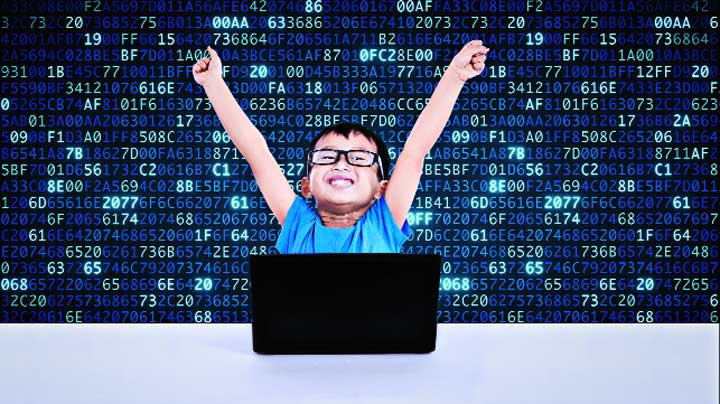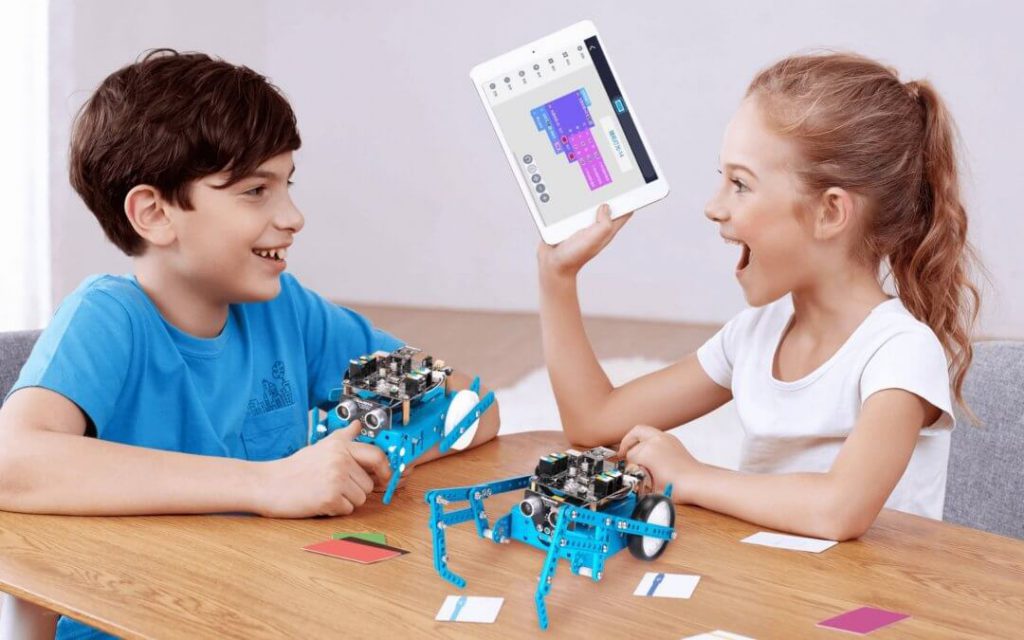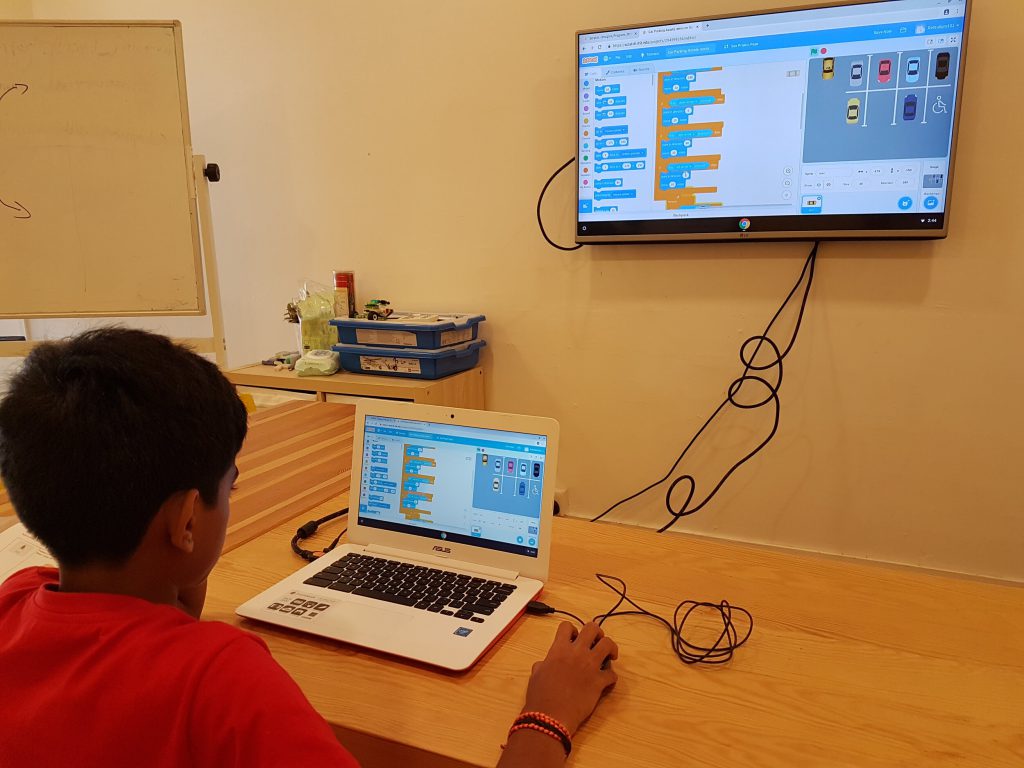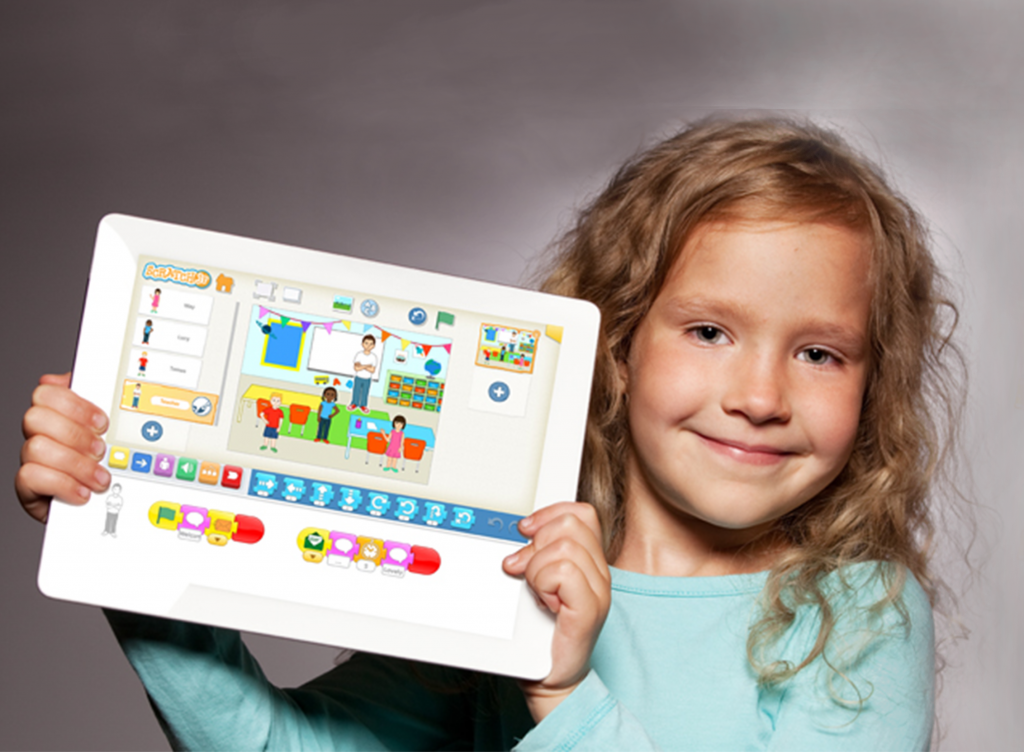As per a global research organization- Evans Data Corporation, by the year 2030 the no. of coders is expected to grow from 23 million to 27.7 million. It shows that Coding skills are in high demand.
Now let’s talk about how edtech companies are making coding fun and interesting for kids.
The learners are curious by nature at an early age. Their young brain perceives knowledge through play-based learning. Thus, learning coding concepts along with engaging in fun learning activities.

When it comes to learning how to code, mindset matters. If your child takes coding as an extracurricular activity then chances are they can add this as a hobby in their daily schedule. This way their learning outcomes will grow day by day as they understand the basics of coding regularly.
Now to multiply the learning outcomes, coding classes for kids should be blended with STEM toys. This way the students will witness the practical side of coding and can relate it to real-life scenarios.
How STEM Toys Fused With Coding Classes Beneficial?
There are edtech companies like Tinkerly that understand the power of STEM toys and how they can serve as a great way to introduce kids to the world of hands-on coding. These STEM toys are blended with the play-based curriculum and it helps kids visualize the coding process. There is one more plus point of using STEM toys as it solves the most common problem of millions of parents around the world i.e unproductive screen time.

As per a report by BBC, an average kid spends more than 6 hours every day watching the screen. That is too much. While using the STEM toys most of the time goes into practically carrying out experimentation which in turn reduces the unproductive screen time. This way STEM toys take learners’ journey beyond the screens.
Now the question arises how to get your kid started with coding? What will be the first step?
Let’s find out!
How Kids Can Initiate Their Coding Journey via Block-based Coding Classes?
Block coding offers a lot of advantages to coding newbies. The block coding languages like Scratch, code.org, Blockly, etc. consist of simple visual blocks that allow drag-and-drop functionality. It helps young learners grasp the fundamental concept of programming and understand the logic behind the code without facing the complexity of the syntax. As soon as the learners get familiar with logic building, they can transition to high-level programming languages like Python, Java, etc. smoothly.

What Are The Benefits Of Learning How To Code In Early Years?
1. Evolution In Technology: Coding is the backbone of technology. If students learn how to code, they understand the technology better around them. For example, when students learn the logic behind the code like how the application of AI & ML makes a robot smart or how IoT devices interact with one another to carry out an important task they can build their own creation with the power of their creativity.
2. Builds Resilience Among Young Learners: When a child code, they have to try out various algorithms to ensure the successful execution of their program. Sometimes code shows errors as well, at that point the student has to come up with various ways to solve the problem. This way they develop problem-solving skills that are essential throughout their lives.
3. Bring Your child’s Innovative Ideas To Life: Coding skills empower children to give wings to their aspirations and build something of value with a few lines of code. This way they can contribute towards the betterment of the society by making real-life projects to overcome real-life problems.

4. Getting a Lucrative STEM career: Coding skills in your child’s resume increase their chances of getting selected by notable IT companies. It gives them a competitive advantage in comparison to people with non-coding backgrounds.
5. Coding Promotes Critical Thinking: Among other 21st century skills, coding also promotes Critical thinking abilities among young learners. This skill is useful in all walks of life as it strengthens decision-making capabilities. It also teaches learners to apply logic and reason before making any decision. For example, in coding terms calling a function to ease the complexity of the program or using loops to perform a repetitive task with ease.
Conclusion
In a nutshell, coding classes for kids provide students with an opportunity to get a taste of programming in action. Secure a bright future for your child, and teach them Coding skills from an early age with Tinkerly!
 2133
2133


